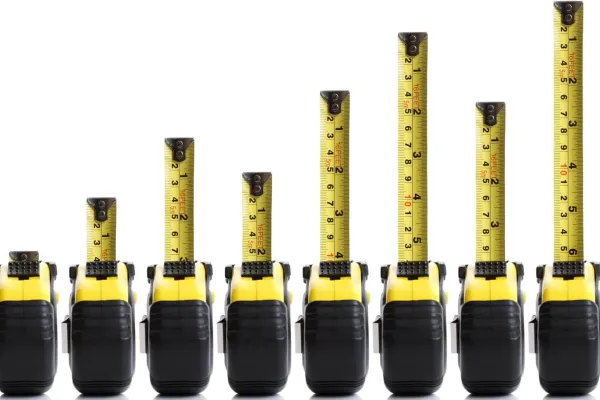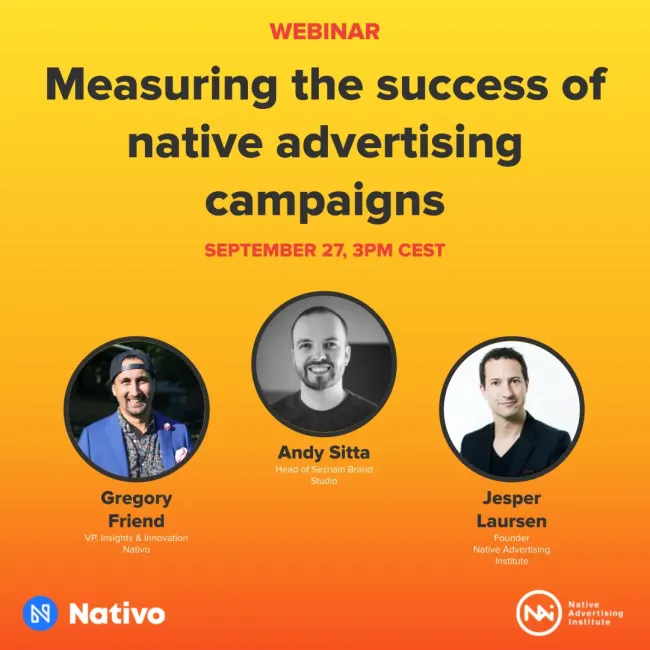
 Details
Details
Metrics like impressions and click-throughs are often the go-tos for measuring the success of a native advertising campaign.
“Clients always want to see the impact on consumers of anything that they are spending money on,” Tom Jenen, Chief Revenue Officer at Brand Metrics, tells the Native Advertising Institute.
But Jenen says that aligning brand messaging and strategy goes beyond those metrics. To truly determine how a campaign influences consumer perceptions, you need to measure brand lift, or changes to overall attitudes to your brand.
“Brands are already looking at brand uplift,” he says. “They’re looking at it, but they’re just not getting that data from publishers or networks or broadcasters in the way that they want to get it or with the consistency that they are looking for.”
He says that savvy businesses already understand that brand uplift is a way to establish a strong relationship with an audience while associating a brand with certain attributes or ideals. But the information needs to be viewed in the correct light.
“They already understand the concepts of brand awareness, brand consideration, brand preference and action intent,” he says. “They’re simply often looking at them through other lenses.”
Brand Equity
Marketers, of course, always want to ensure their campaigns target an ideal audience with a compatible message.
But tracking brand equity is difficult and tying brand equity to sales is even more challenging, so they often have no clue as to whether their campaign has its intended effect.
“Most of the time you are listening to the client, and if they say they want to measure five things – and they are paying – you have to measure those,” says Jenen.
”Unfortunately, that leaves you with very different measurements and campaigns, and you can’t compare them since they were measured in different ways.”
Benchmarks
Jenen says that marketers and publishers should create specific benchmarks examining the targeted consumer’s awareness, perception, consideration and likelihood of purchase to better judge the effectiveness of a campaign and then use those insights to inform their strategy moving forward.
In order to develop consistency of measurement, it is important to ask the same things, every time.
Jenen mentions a famous “ride-hailing brand” that doesn’t need to focus on brand awareness anymore.
“Everybody knows their brand, they’re already on your phone. They don’t have to worry about intent to purchase because you only intend to purchase when you need a ride.”
He says the only metric the company is concerned about is brand preference: Is it the first app you go to when you need a ride?
Much to explore
Jenen says that if it were up to him, brand uplift would become as common a metric as impressions and clicks.
“Marketers will learn more about what they can do with publishers and that some publishers are offering amazing insights about how their brand has enhanced the advertisers brand,” he says. “Communicating that more is going to open up new avenues for everyone.”




